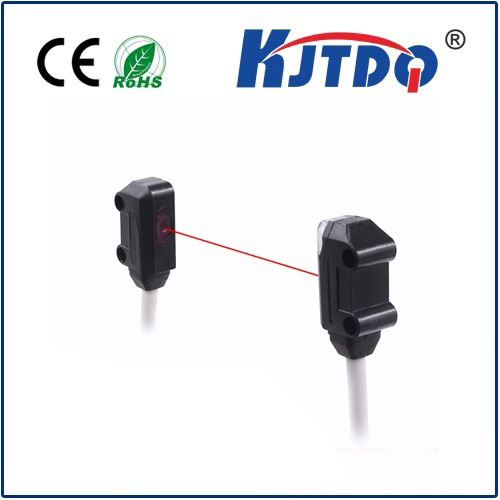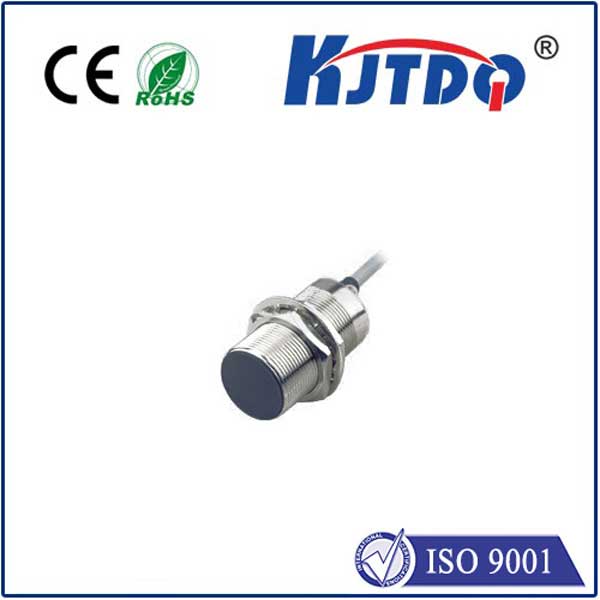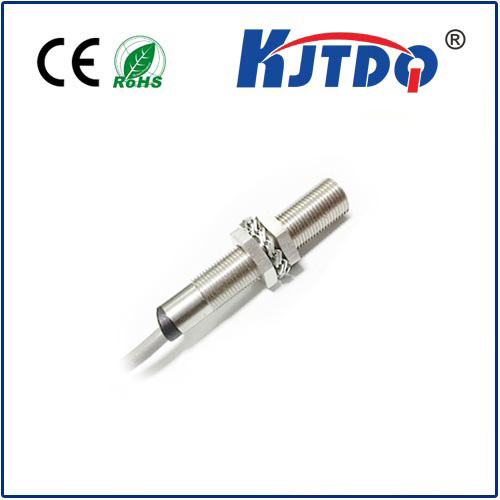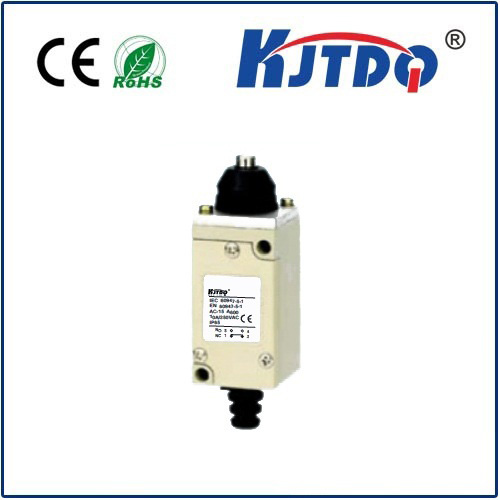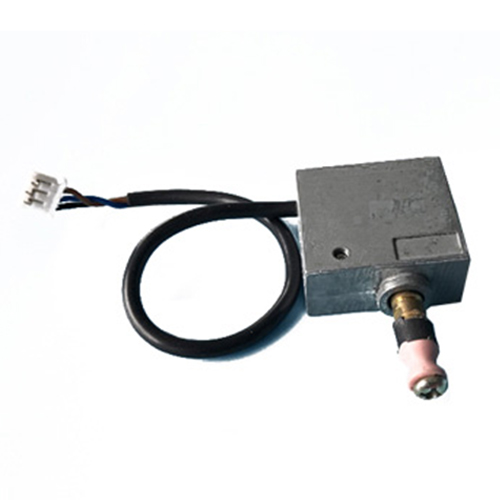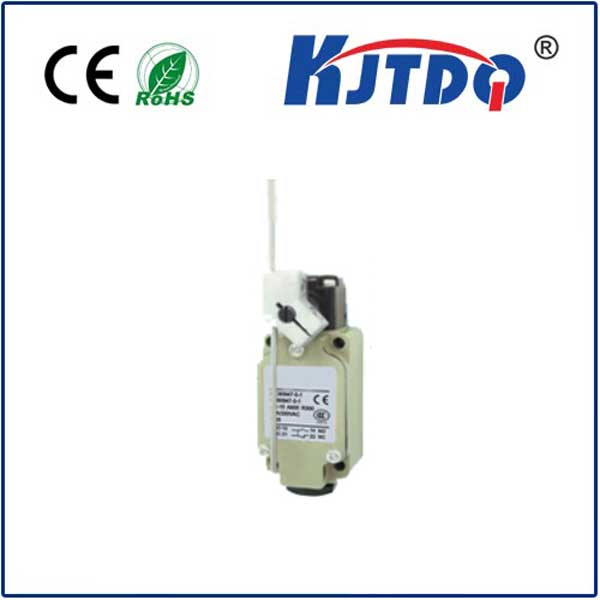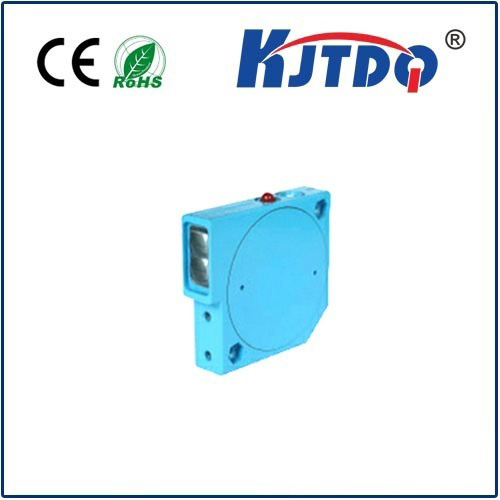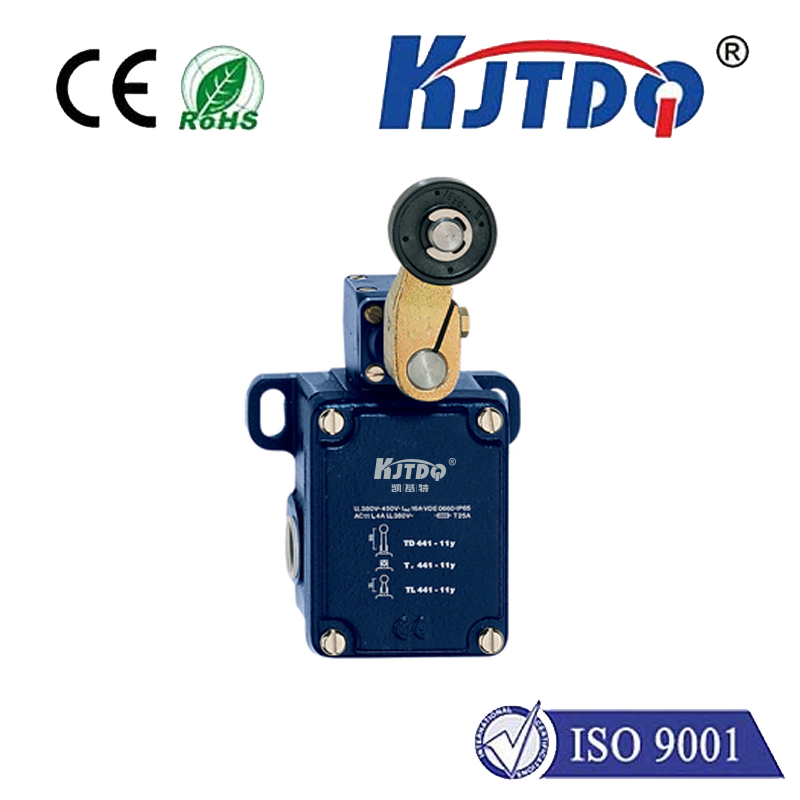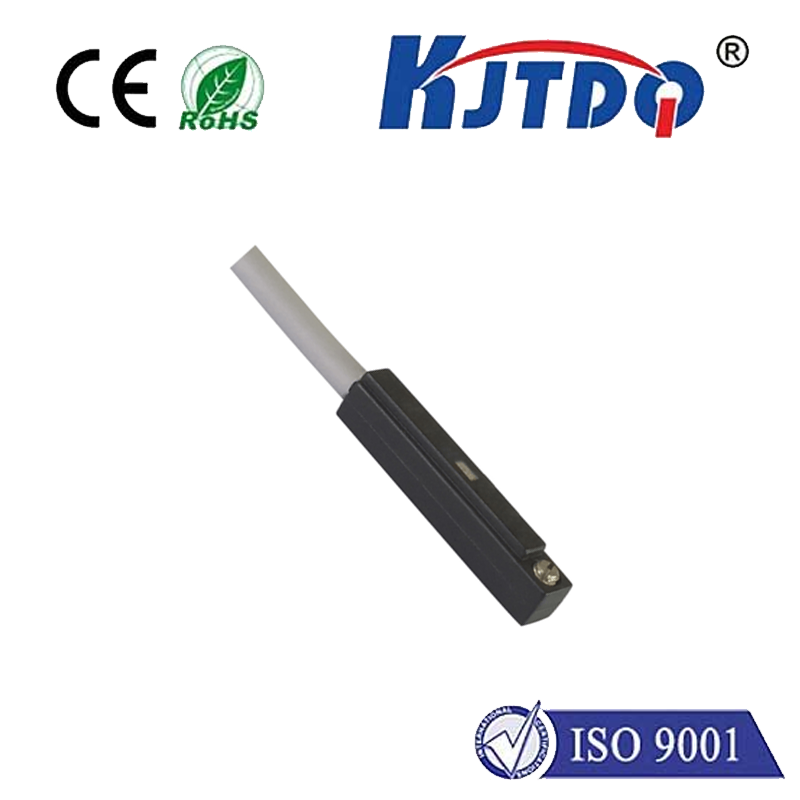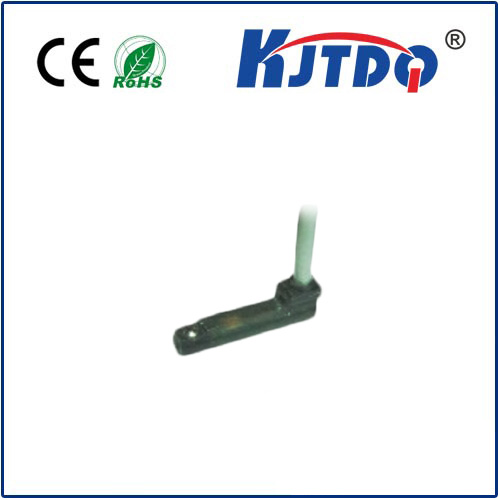

check

check

check

check

check

check

check

check

check

check
Electromechanical Limit Switch: A Versatile Tool for Precise Control
An electromechanical limit switch is a crucial component in various industrial and commercial applications. It is a device that uses both electrical and mechanical principles to detect and control the position of machinery or equipment. In this article, we will explore the different aspects of an electromechanical limit switch, including its definition, types, features, advantages, and applications.
What is an Electromechanical Limit Switch?
An electromechanical limit switch is a device that combines electrical and mechanical elements to monitor and regulate the movement of machinery or equipment. It consists of a switch actuated by a moving part, such as a lever or roller, which triggers an electrical signal when it reaches a predetermined position. This signal can then be used to start or stop the machine, sound an alarm, or perform other functions.
Types of Electromechanical Limit Switches
There are several types of electromechanical limit switches available, each designed for specific applications. Some common types include:
1. Roller lever switches: These switches use a roller attached to a lever arm to detect changes in direction or speed. They are commonly used in conveyor systems and material handling applications.
2. Cam-operated switches: Cam-operated switches use a rotating cam to activate the switch at specific points during the machine's operation. They are often used in packaging and assembly lines.
3. Plunger switches: Plunger switches use a spring-loaded plunger to detect the presence or absence of an object. They are commonly used in robotics and automation applications.
Features of Electromechanical Limit Switches
Electromechanical limit switches come with several features that make them suitable for a wide range of applications. These features include:
1. Durability: Electromechanical limit switches are built to withstand harsh industrial environments, making them ideal for heavy-duty applications.
2. Accuracy: These switches provide precise control over machinery or equipment, ensuring accurate positioning and minimizing errors.
3. Reliability: With proper maintenance, electromechanical limit switches can provide reliable performance for many years.
Advantages of Electromechanical Limit Switches
There are several advantages to using electromechanical limit switches in industrial and commercial applications. These include:
1. Cost-effectiveness: Electromechanical limit switches are generally less expensive than other types of limit switches, making them a cost-effective solution for many applications.
2. Simplicity: These switches are easy to install and maintain, requiring minimal training and expertise.
3. Flexibility: Electromechanical limit switches can be customized to meet the specific requirements of different applications, making them a versatile tool for precise control.
Applications of Electromechanical Limit Switches
Electromechanical limit switches have numerous applications in various industries, including:
1. Manufacturing: In manufacturing processes, electromechanical limit switches are used to control the movement of conveyors, robots, and other machinery.
2. Construction: In construction sites, these switches are used to monitor the position of cranes and other heavy equipment.
3. Automation: In automation systems, electromechanical limit switches are used to detect the presence or absence of objects and control the movement of robots and other devices.
4. Energy sector: In the energy sector, these switches are used to monitor the position of valves and other components in power plants and other facilities.
Conclusion
In conclusion, an electromechanical limit switch is a versatile tool for precise control in various industrial and commercial applications. Its durability, accuracy, reliability, cost-effectiveness, simplicity, and flexibility make it an ideal choice for many applications. Whether you're involved in manufacturing, construction, automation, or any other industry that requires precise control over machinery or equipment, an electromechanical limit switch is definitely worth considering.
